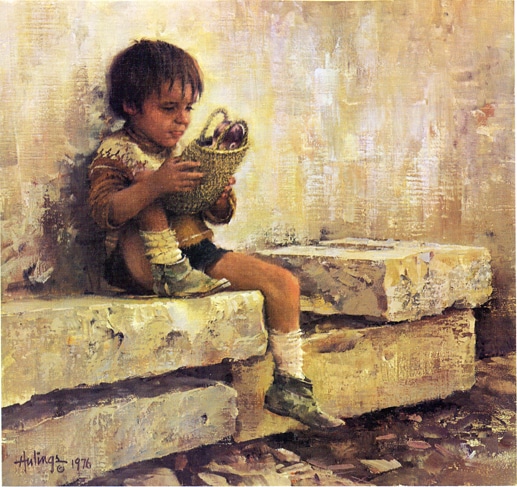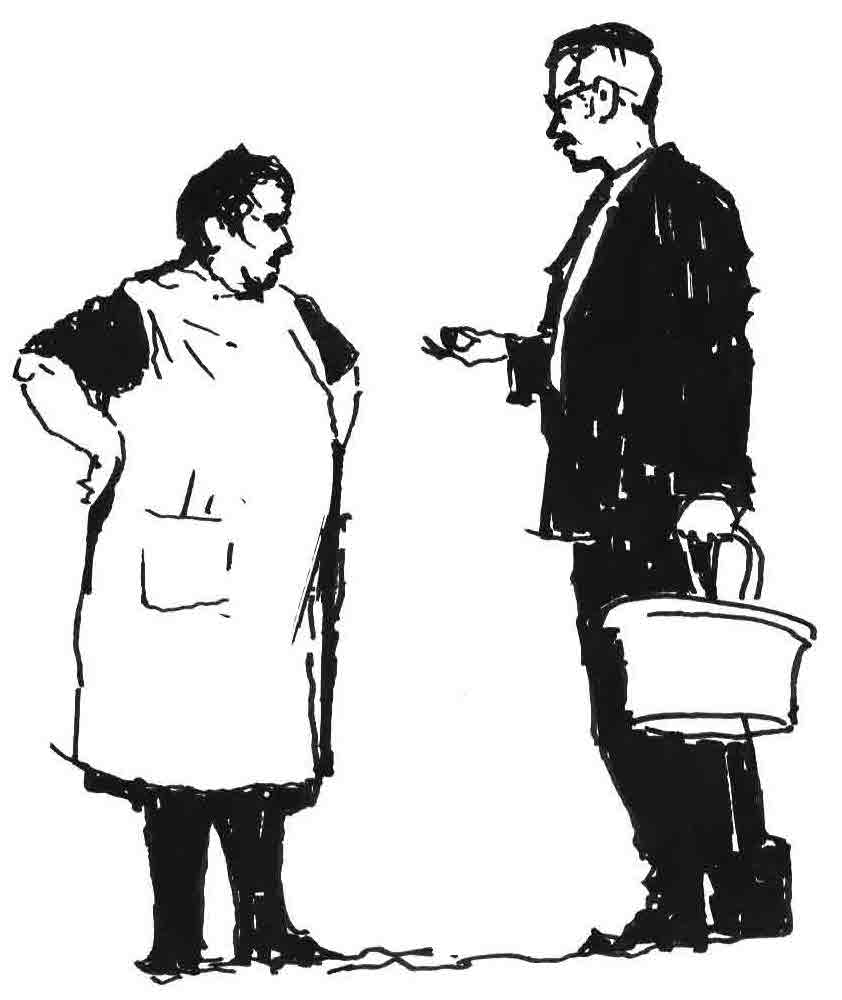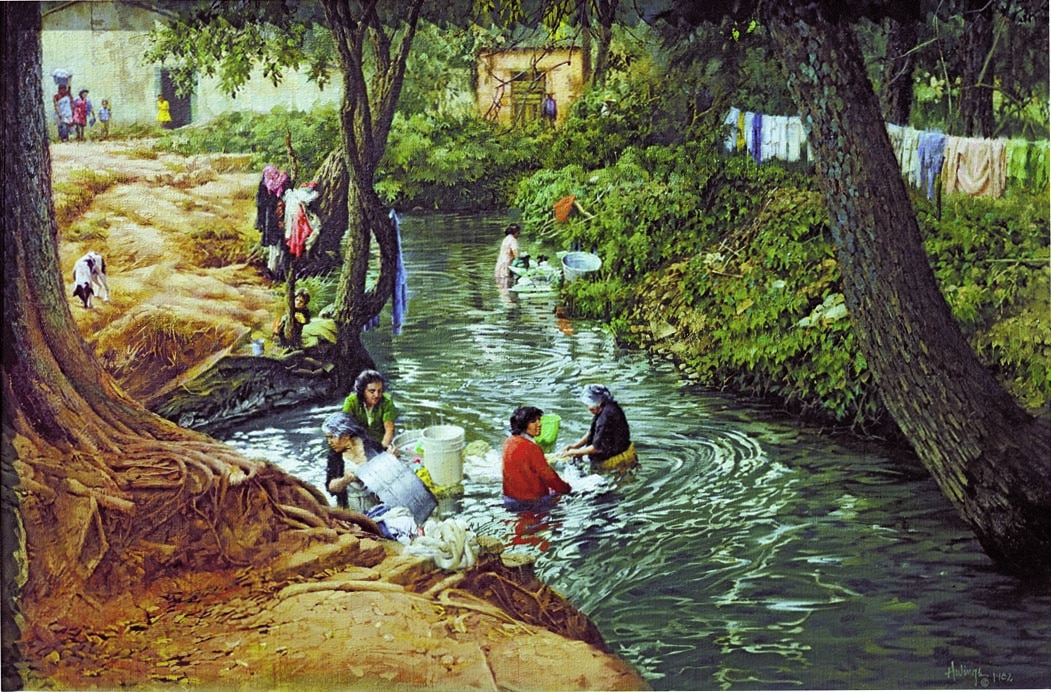 As an appraiser of fine art at Frenkel & Company, a New York-based international insurance broker, Caitlin Kelly works with everyone from artists and gallerists to auctioneers, art advisors, and collectors, both within the US and abroad. This wide a range of clients has taught her that the business of art insurance is entirely dependent upon each individual and his/her situation.
As an appraiser of fine art at Frenkel & Company, a New York-based international insurance broker, Caitlin Kelly works with everyone from artists and gallerists to auctioneers, art advisors, and collectors, both within the US and abroad. This wide a range of clients has taught her that the business of art insurance is entirely dependent upon each individual and his/her situation.
In a recent interview with CHF Educational and Marketing Director Daniel DiGriz, Caitlin shared her insights into the process of appraising art, and the importance of risk management.
DD: At what stage in an artist’s career–or a collector’s–should he/she start thinking about getting an appraisal and insurance?
CK: I have about eight pieces of art, and I insure them, even though they’re not worth millions. If the art is inexpensive, the deductible may not be worth it, but there are a lot of benefits to insuring you art.
I know a lot of people say, “My art is unique, and I could never replace a piece.” While that may be true, you could go out and buy another similar piece by the same artist–so that’s one of the benefits. Another key benefit is partial loss coverage, which is really important for fine-art collectors. Your piece could get damaged, and that coverage would pay for its conservation.
In terms of getting your first appraisal done, different kinds of art have different appraisal needs, so it is very situational. With contemporary art, we look to appraise every one to three years. With other kinds of art and furniture, three to five years is our general rule.
DD: What does the appraisal process entail?
CK: We tailor every appraisal to the specific client, but regardless of whether we are looking at the collection of an artist, dealer, or collector, the process starts with an on-site visit. At this stage, I look at how the artwork is being stored, and how much of it there is.
If it’s an artist, I also need to know what kind of art is being created. I look at fire safety, and the shipping and handling of the pieces. Artists are often focused on the work arriving at the exhibition, but we are concerned about HOW it gets there. About 80% of losses occur in transit, so we make suggestions on how to manage transport risks responsibly.
I also want to know where artists see themselves in five years. What is your plan? Are you about to start working on seven-foot outdoor sculptures? There are different risk-management concerns that should be taken into account.
DD: What is the most important thing that artists, collectors, or galleries should consider when getting their works appraised?
CK: An appraisal is not something that can be done in 24 hours; that often surprises my clients. Owning an art collection is expensive, and there is maintenance that needs to be done. Once an appraiser is on-site, an appraisal can take anywhere from one to six months, depending on the research that’s required. If you’ve purchased your artwork in the last year, or if you are a new collector, we can use your sales receipts to insure your collection.
Folks should also be prepared for how expensive the process can be. It’s frustrating when people watch Antiques Road Show where prices are offered on the spot. That’s actually not how that show works. There are people who have been in the industry for decades, and a good appraiser has incredible visual memory; but they are experts in their field, and they charge an expert’s fee.
Get organized before the appraiser arrives for an on-site visit. If he/she is pulling things out of the basement or moving boxes, you will be charged for that time. Additionally, organize any documentation you have relating to the artwork. Recently, one of my clients had a letter, dating back to 1963, from the expert on a particular artist, and it stated that expert’s belief that this piece was the artist’s definitive masterpiece. If you organize that kind of information ahead of time, it cuts down on the hours that your appraiser will have to spend researching your collection, and it will save you money.
DD: I think most of us understand the importance of having finished works appraised. Is it important to appraise unfinished works?
CK: When it comes to insurance, unfinished artwork is a real challenge. It depends on who the artist is, how long they have been working, and the value of their finished pieces. Once we know the particular situation, we can easily structure a policy, but it is difficult to make a blanket statement about how to insure unfinished artwork.
After an artist passes away, there are instances where one can purchase pieces from that artist’s notebooks. Those were not items that the artists intended to showcase, and they would not be considered completed works; they could be preparatory sketches and drafts for a finished work. I think it really depends on what the artist’s estate decides to do with those pieces.
Artists are unique, and each object that they create is unique. Even when it’s artwork that’s part of a series, each piece is numbered, so they are not exactly alike. Appraisal needs are situational and individual.
DD: When working with vendors to appraise and insure work are there any critical trust issues?
CK: I ask that clients be honest with me; it makes my job easier. I always want to make sure that there is clear and definitive ownership. A few years back, there was a trend in the art world of multiple people buying shares in one piece, and that’s something we really need to know about up front.
We also need to know what your intentions are with a particular piece. We do our on-site visits, but we aren’t going to babysit you every single day. If you tell us what you think we want to hear, and then we find out that you have experienced a loss and didn’t tell us the truth, you will have a hard time getting underwriters and insurers to work with you again. It will be extremely expensive to insure anything you own going forward. Just tell us the truth.
With galleries, there is an old idea that your insurance rate is based entirely on the value of the artwork, which is true to an extent, but if you’re comparing works that are worth $100,000 and $500,000, the difference in your premium might be just $30.
I know art dealers who are hesitant to tell me how much art they have–including how much they are shipping domestically and internationally–because they’re afraid they are going to get slammed with a high premium. But if you don’t tell me the truth, I can’t tailor your insurance to your needs. If you fail to tell me that you ship internationally all the time, you might not get the coverage you need, which increases your risk of loss and huge out-of-pocket fines. Be forthcoming. Part of what I do is risk management, and I want your art to be around for a long time
DD: Why is it important that artists track and manage their collections? And what should they be tracking?
CK: The art market works differently than it did 20 years ago. There is an outdated mentality amongst artists that the art dealer will take care of them and their market. I think it is important for artists to know who is purchasing their art from a gallery, and if their work is coming back to auction. Some of the best artists of the last 10 years are also those who track their own sales. They are taking care of their business. I know a lot of artists don’t like to hear that, but it’s true.
From an insurance standpoint, tracking helps us when we examine your older unfinished works. Being thorough actually helps our underwriters, and makes you a lower risk because you are maintaining accurate information about your work, and managing your business.
DD: We strongly believe in full disclosure and artwork tracking. That’s part of the reason we’ve partnered with Artwork Archive to offer a 20% lifetime discount on their product . Do you have any other advice for artists?
CK: The artists we work with all have studio managers. They have accountants. They consult with lawyers. They have consignment agreements in place with their galleries. Basically, they run a true business. If you have people helping you to manage your business, you will have more time to make your art. Even if artists are just getting started, I advise them to establish their studios with a business mentality right from the get-go.








I never new that art appraisal services could take up to six months to appraise your artwork. It looks like a lot of care and consideration is taken by appraisal services to make sure that your collection is appraised for the proper value. I’ll have to consider hiring an appraisal service if I can ever get into fine art collection. Thank you for the useful information!
Glad you found the post helpful, Theodore. Getting your artwork appraised is not only important for your knowledge but also for the care of the works in your collection. Good appraisal services also offer preventative care to your artwork.
Thank you for answering one of my questions. I was wondering when I should start thinking about getting an appraisal. The art that I create is contemporary art, so I will look at getting it appraised every one to three years like you suggest. I am excited to see where my career in art takes me!
Hello Erika, Fantastic! I’m glad that it helped. You might also be interested in our recent podcast with Alan Bamberger. Good luck in your art career and keep giving us feedback!
I’ve had a few people tell me what I should sell my work for and I’m nervous in doing it, this is why I’m asking for some kind of help.